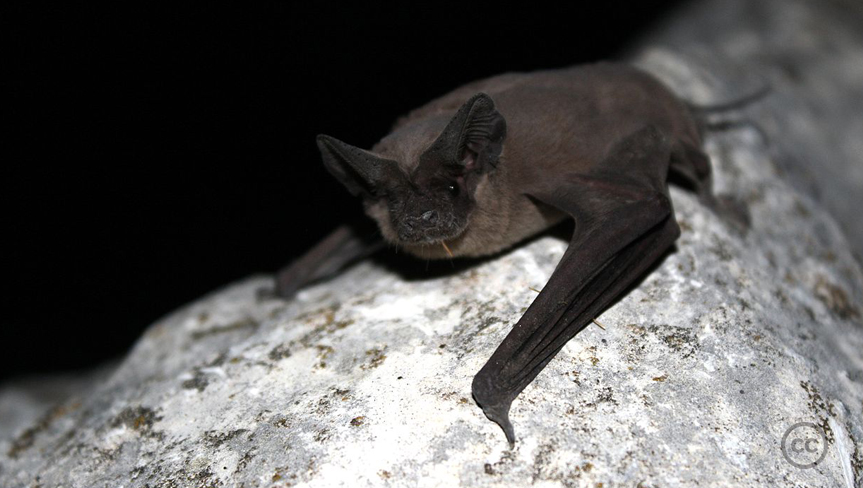Catch me if you can: The Mexican free-tailed bat

Mexican free-tailed bat
Though its nativity is a part of its name, the Mexican free-tailed bat – also known as the Brazilian free-tailed bat – has made almost the entire Americas its home. The night-raider enjoys a special status in Austin, from where it receives yet another name: The Austin bat. The binomial name of the mammal is Tadarida brasiliensis.
The adjective ‘free-tailed’ follows the unique feature the species has: A tail that extends beyond the tail membrane. Its tail measures nearly half its body length, quite unusual among bats. Further, its 30-cm wingspan provides better aviation, earning it the title of the fastest flying mammal – at 160 km/h.
Austin, Texas, has witnessed a rapid growth in tourist appeal, thanks to the aviators. There are around 1.5 million bats in Austin – much more than the city’s human population. From March through November, the Congress Avenue Bridge, at Lady Bird Lake, attracts a large number of spectators every evening, as the bats arrive at the bridge, the world’s largest urban bat colony. The city. Austin also observes an annual bat festival celebrating the ‘bridge’ bats. The creature has become one of the city’s cultural identities.
Also, Mexican free-tailed bats are among a few species of bats that use echolocation – the location of objects by reflected sound – for navigation and catching prey.







